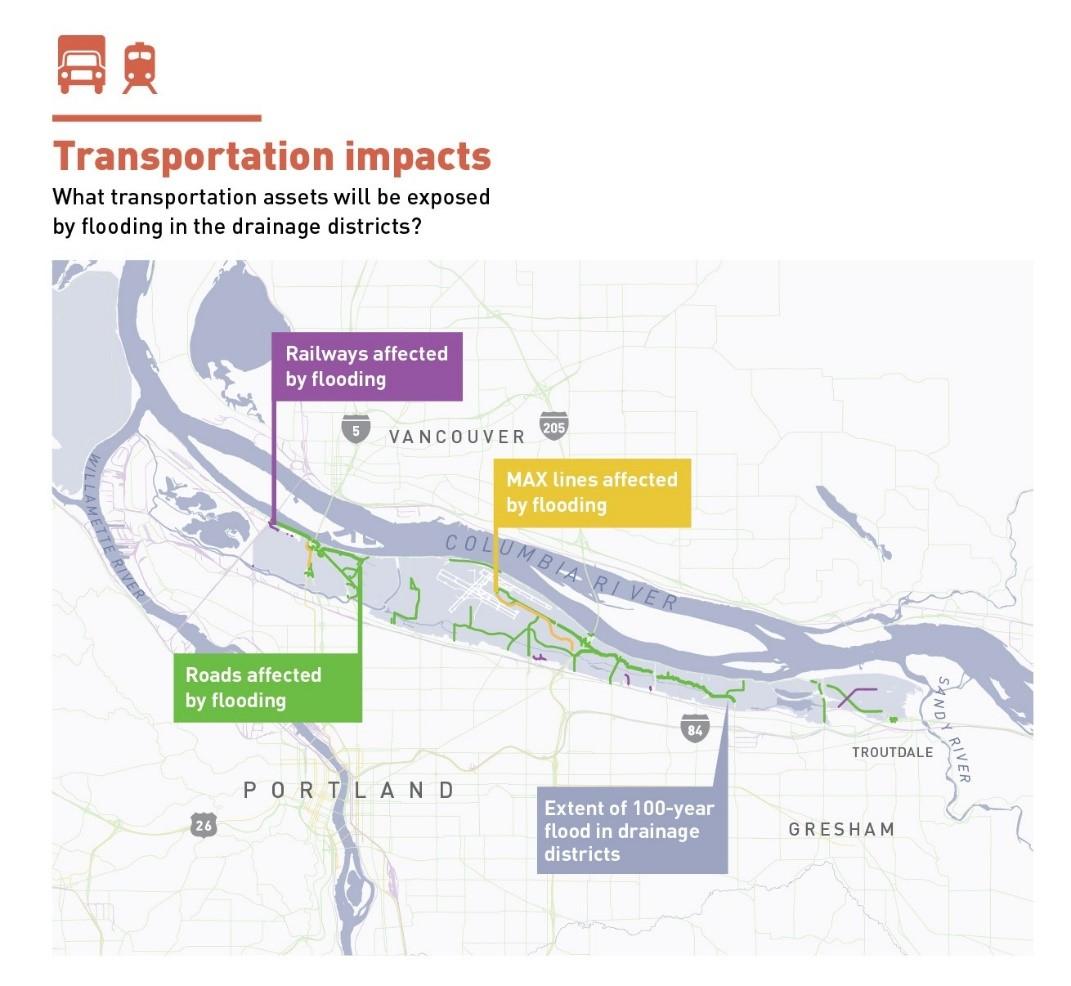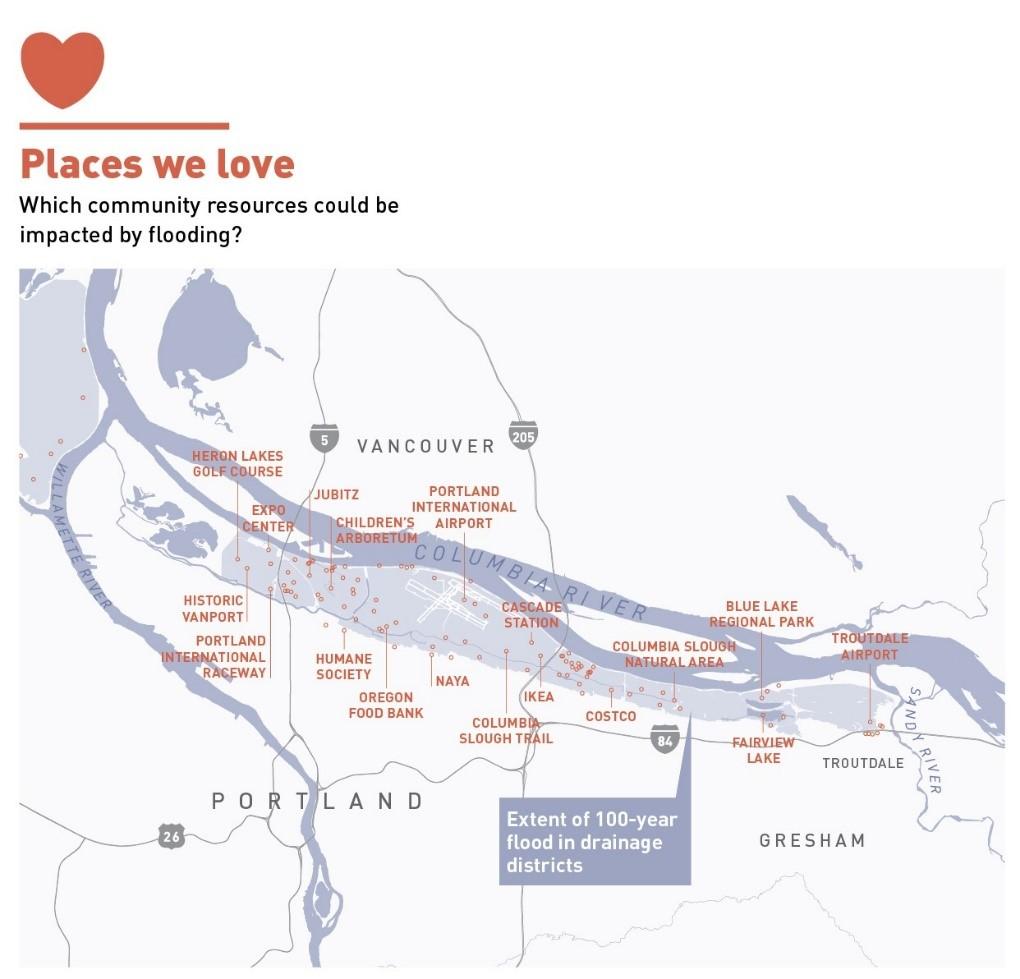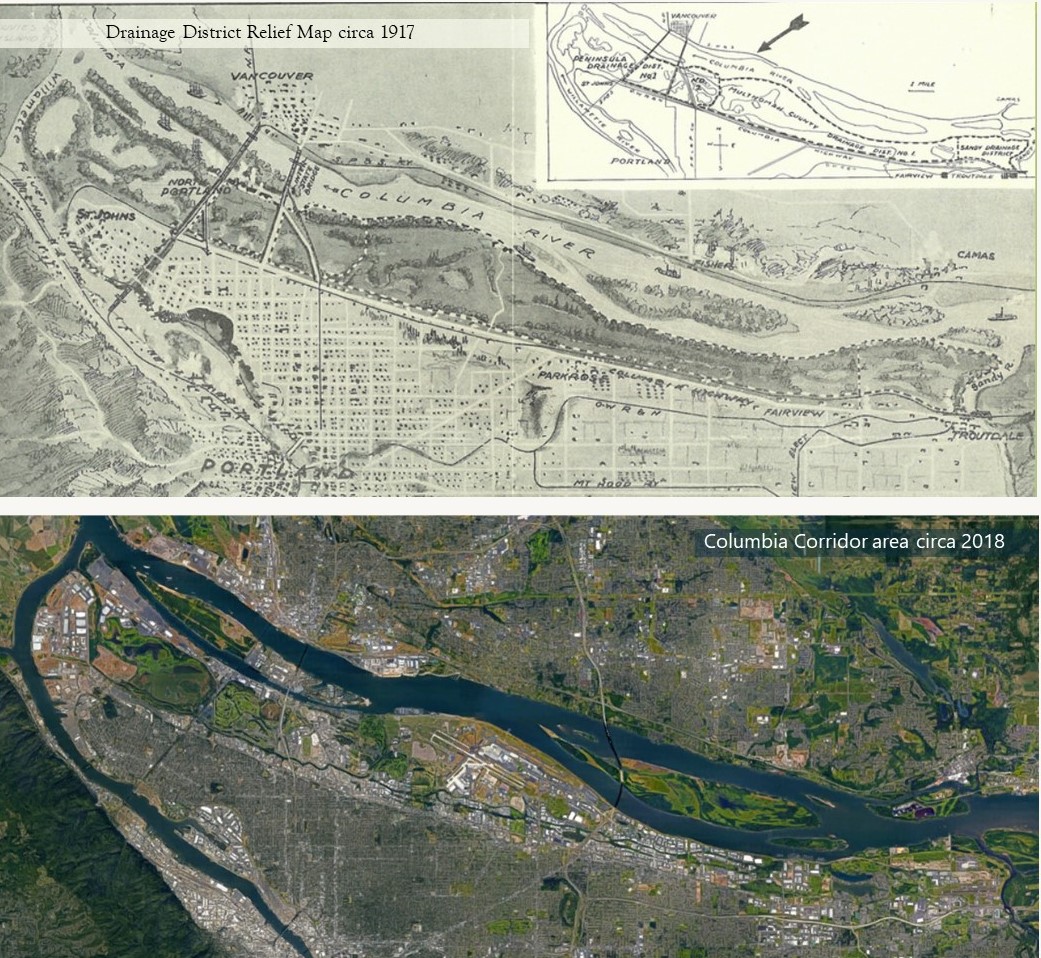
The Oregon Department of Geology and Mineral Industries (DOGAMI) helped us answer this question by modeling potential impacts from a levee breach during a major flood on the Columbia River. See below for highlights and a link to the full study.

Residents Displaced
About 7,500 residents live along the Columbia River and Columbia Slough. Approximately 75% are at risk of being displaced due to flooding associated with levee failure during a major flood on the Columbia.
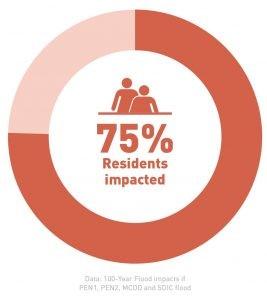
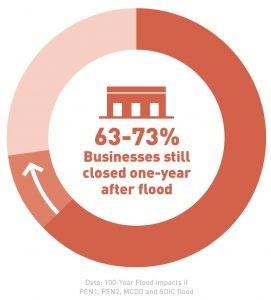
Businesses Disrupted
A majority of the businesses along the Columbia River and Columbia Slough are at risk of flooding. Depending on the location of the levee failure, up to 75% of the local businesses could be forced to close, and it could take up to two years or longer for some businesses to fully recover.
Employees Impacted & Wages Lost
Over 59,000 employees work in the managed floodplain behind the Columbia River levee system in Multnomah County. Any disruption in business operation in the area would result in the loss of jobs and wages, which would create challenges for workers and their families throughout the region.
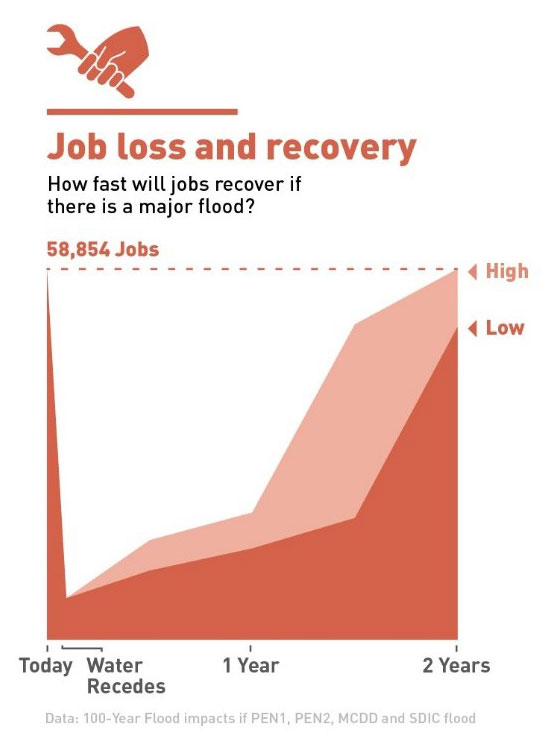
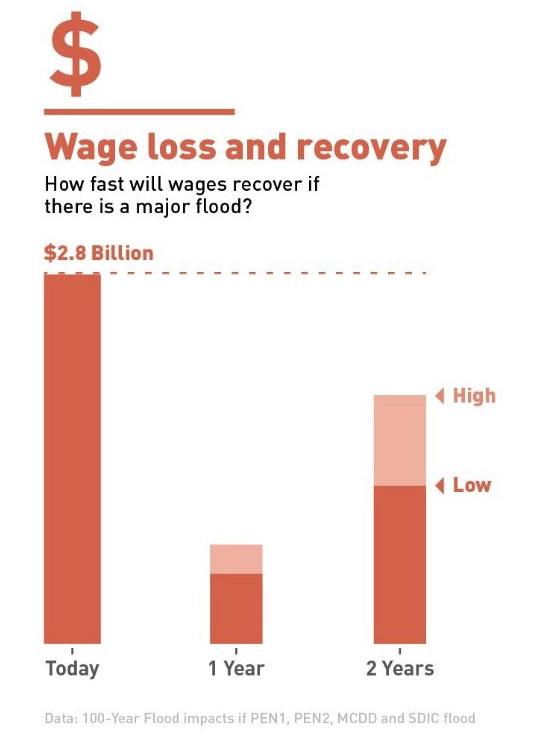
Important Infrastructure
Critical public infrastructure is located along the Columbia River, including:
- 3 water treatment facilities, including Oregon’s 2nd largest source of drinking water
- 3 interstate highways
- 8 electrical substations
- 2 natural gas facilities
- Several TriMet MAX and bus lines
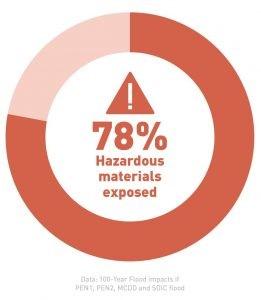
HAZARDOUS MATERIALS
There are a number of hazardous materials stored in buildings along the Columbia River and Columbia Slough that could become exposed to floodwaters during a levee breach and flood. This includes common household items like paint, paint thinners, and certain types of fertilizers. The exposure of these materials would make an emergency situation much worse by causing serious health hazards, as well as ecological damage in the immediate area and downstream.
DOWNLOAD AN EXECUTIVE SUMMARY OR THE FULL REPORT
Download DOGAMI’s full Flood Risk Assessment or LRC’s Executive Summary here:
Find out more about:
Changes to the federal safety standards for levees and why they matter
Our local flood history on the Columbia
The places we value behind the levees
